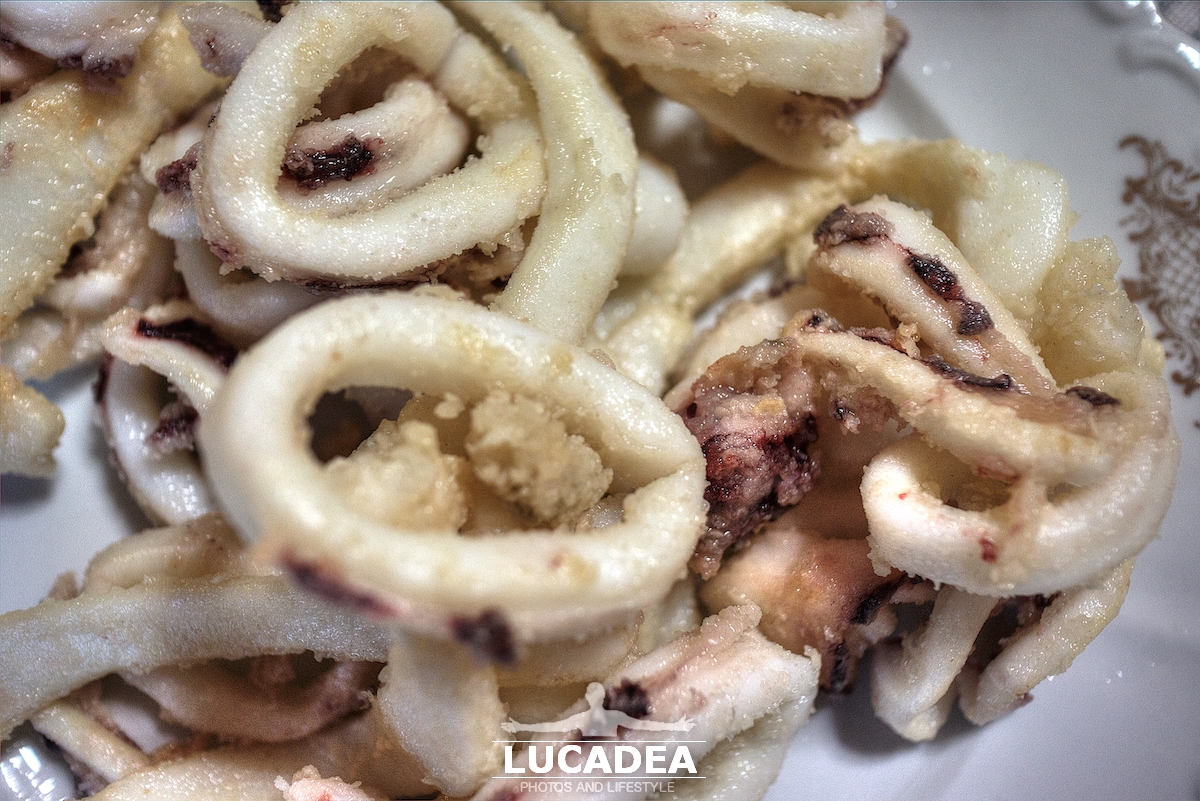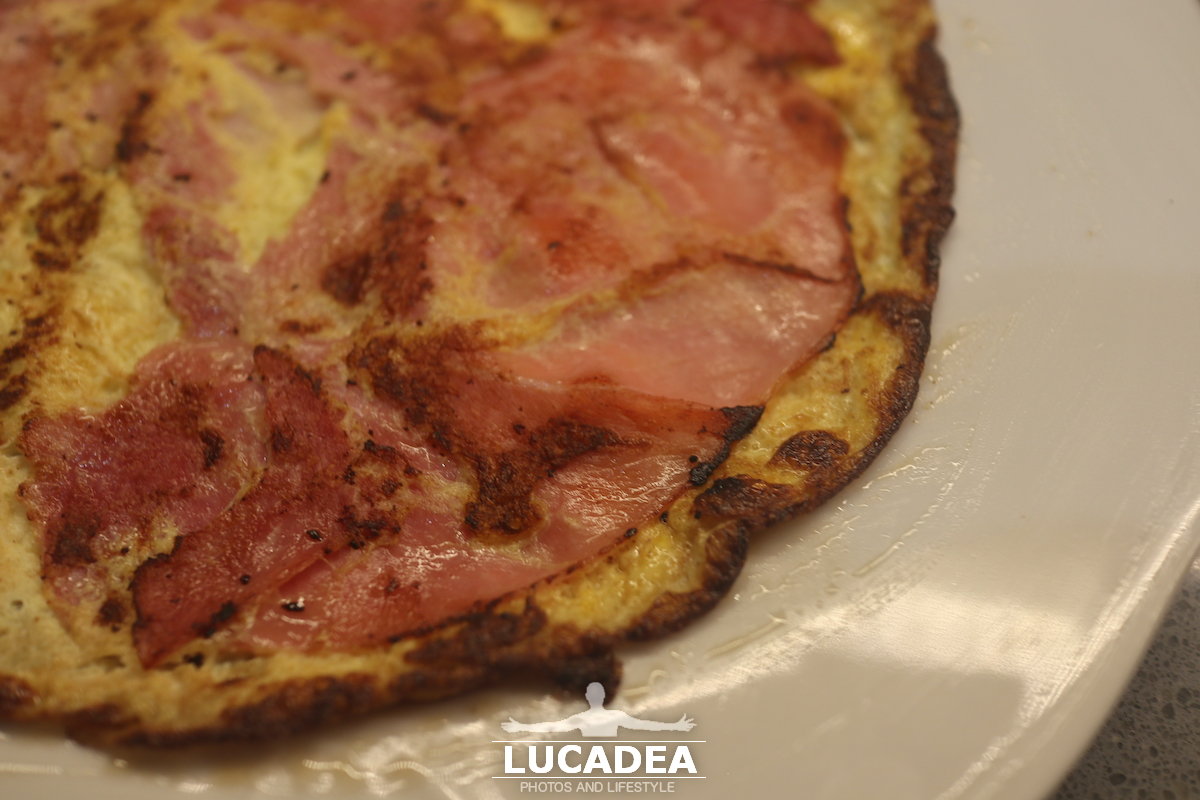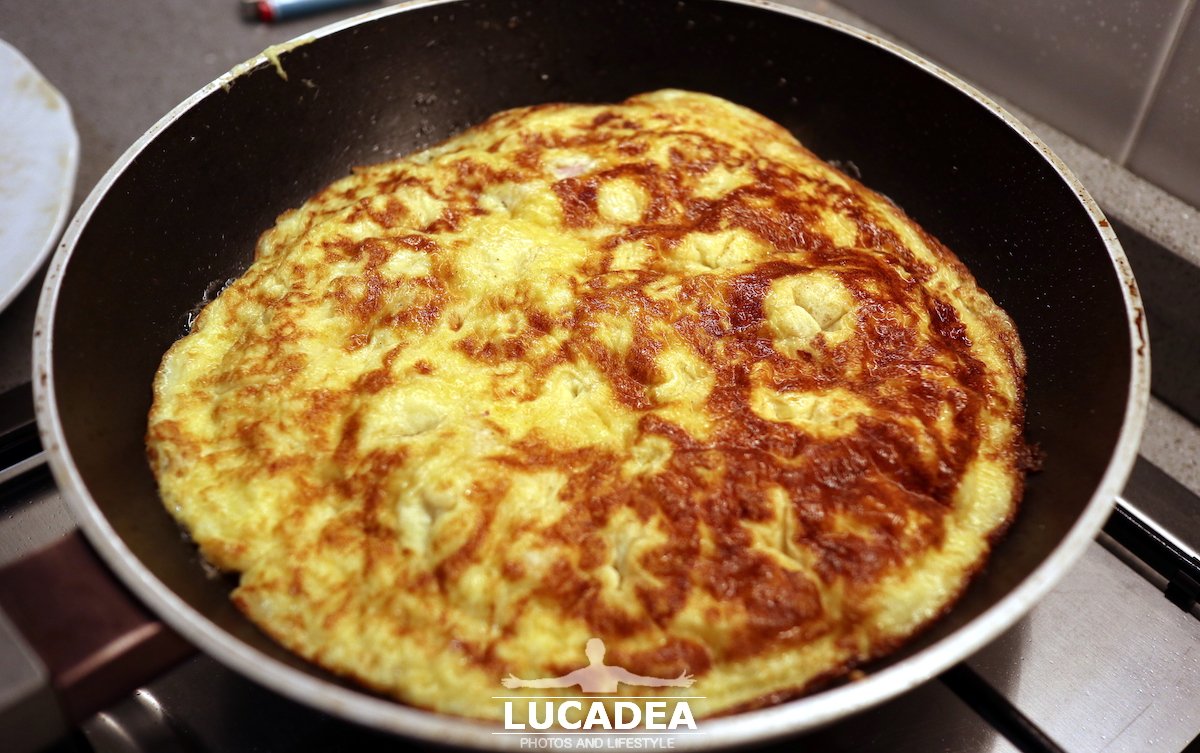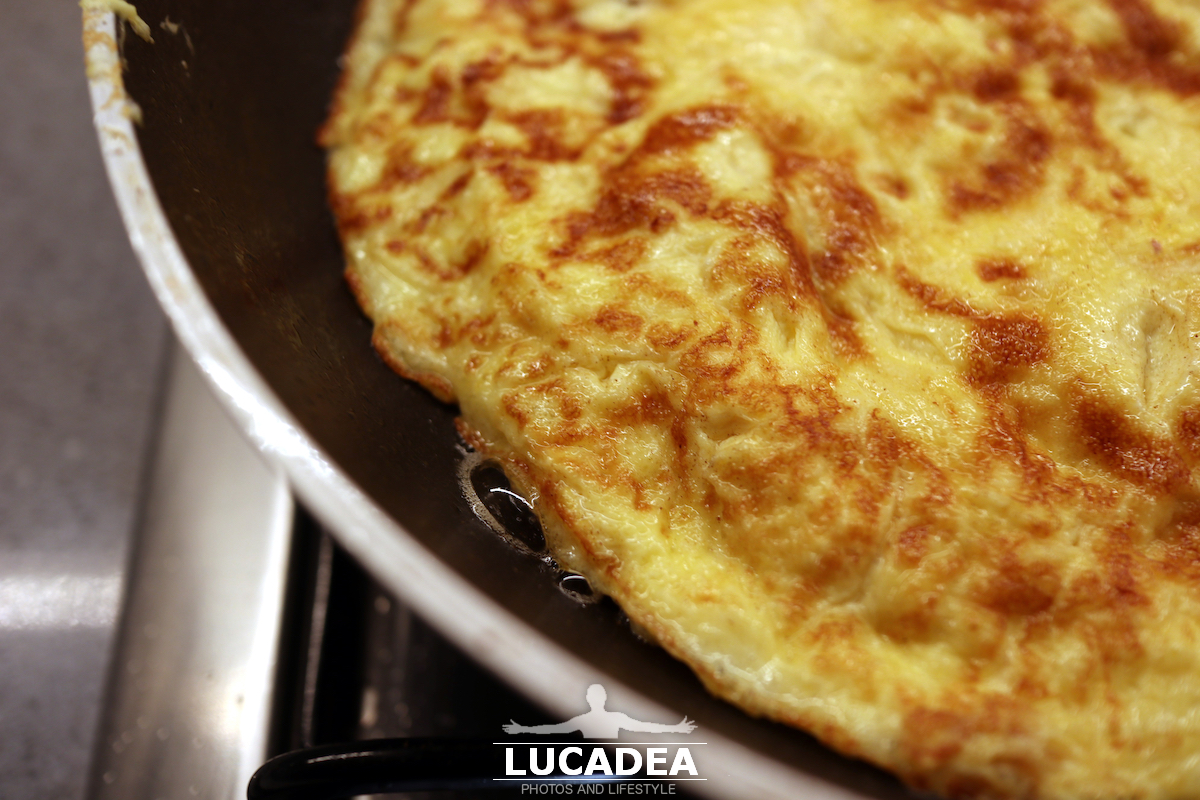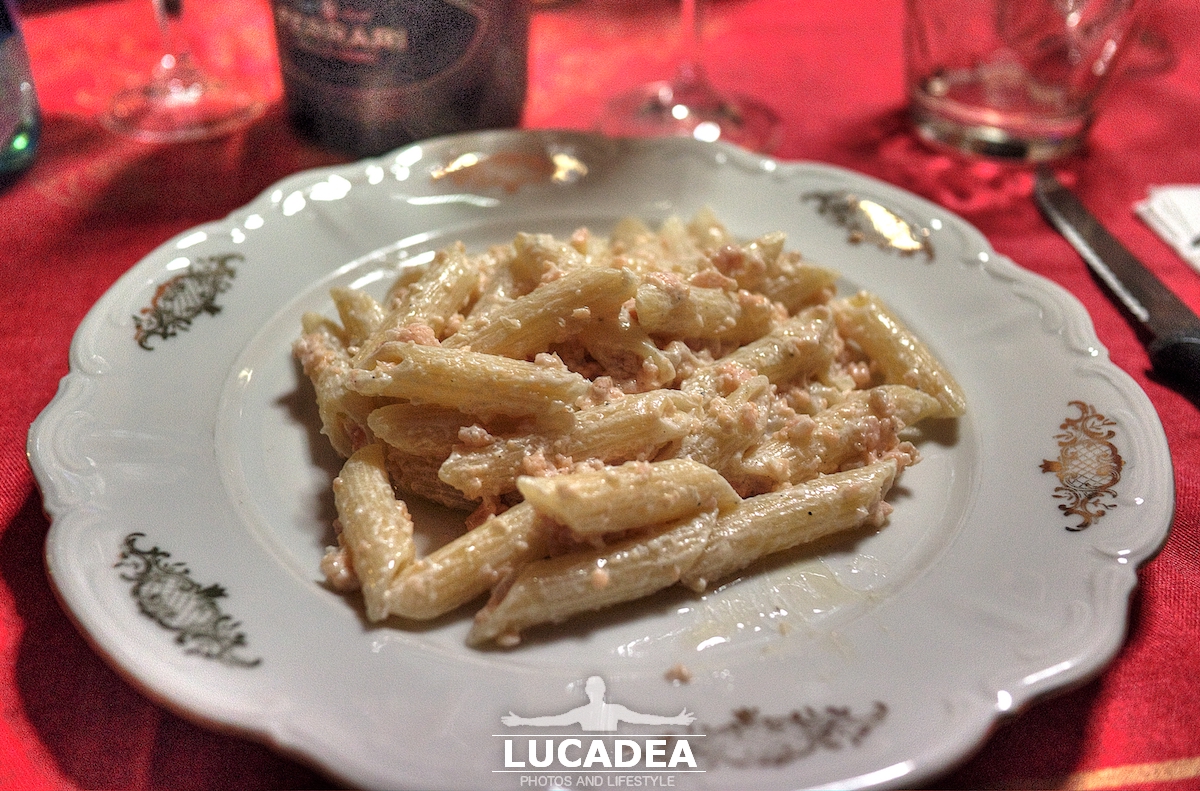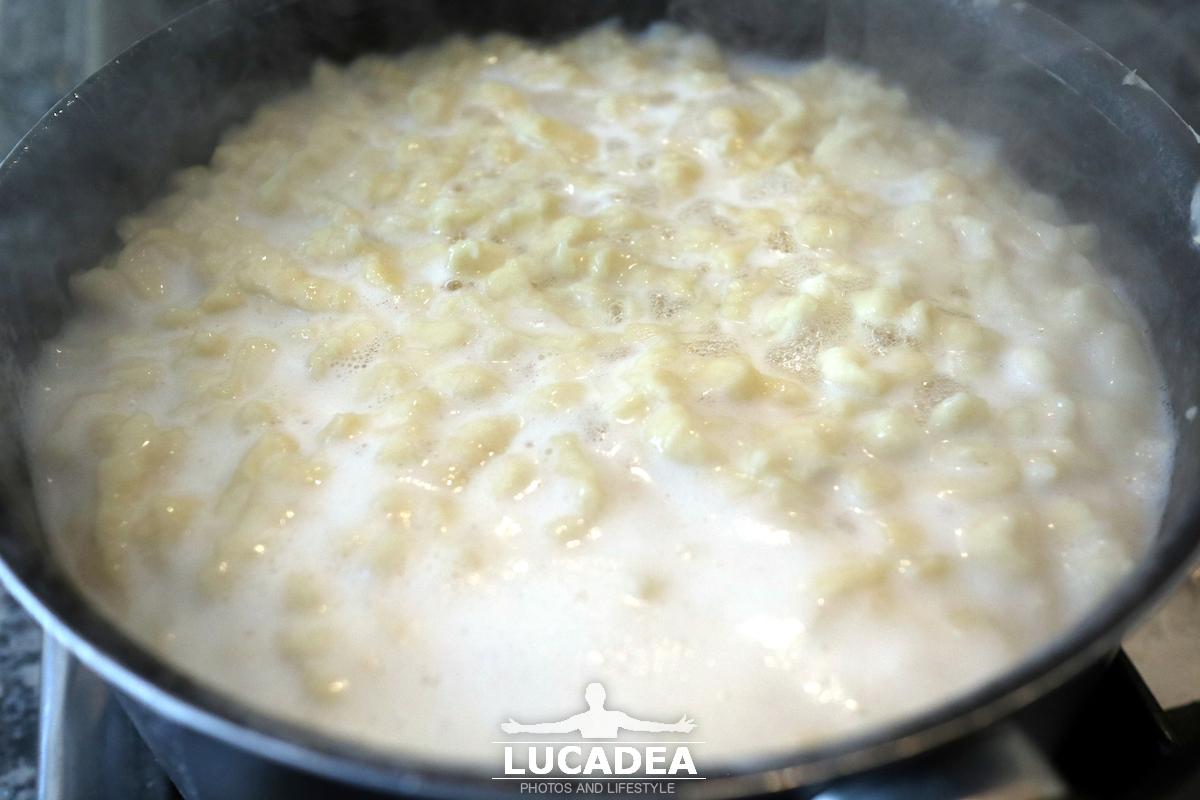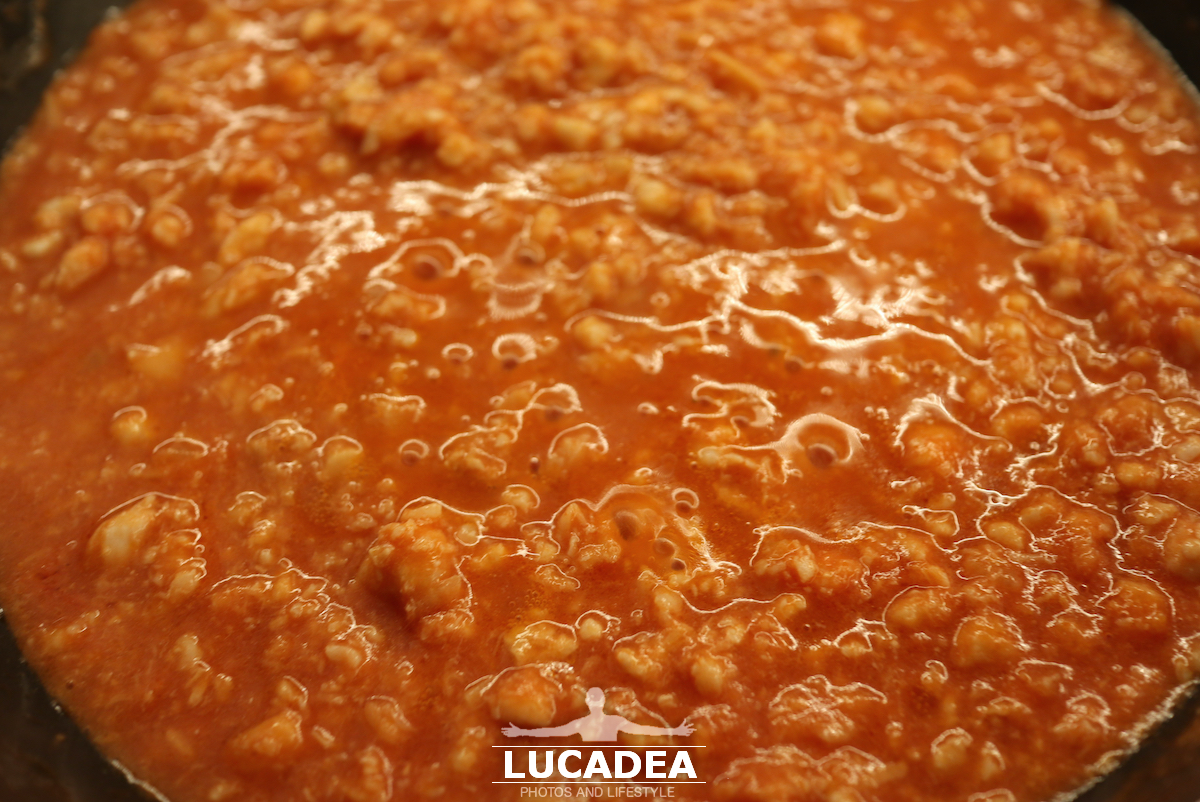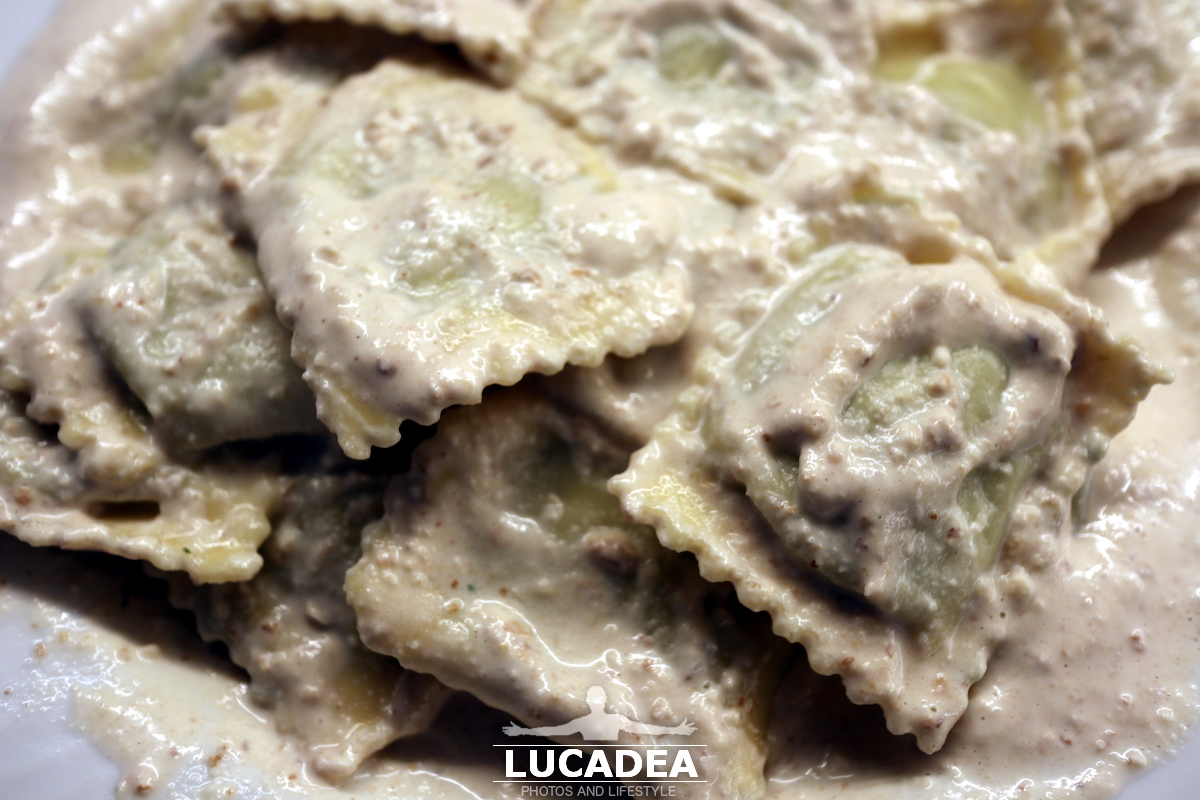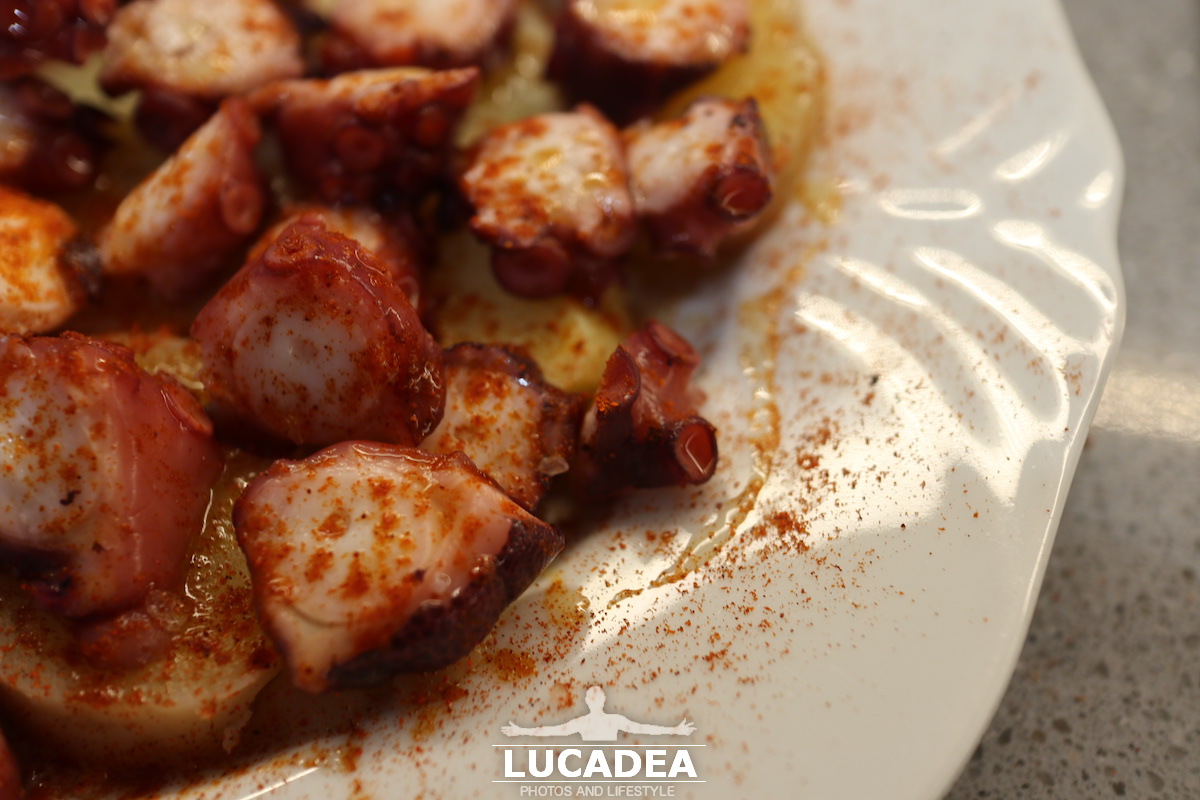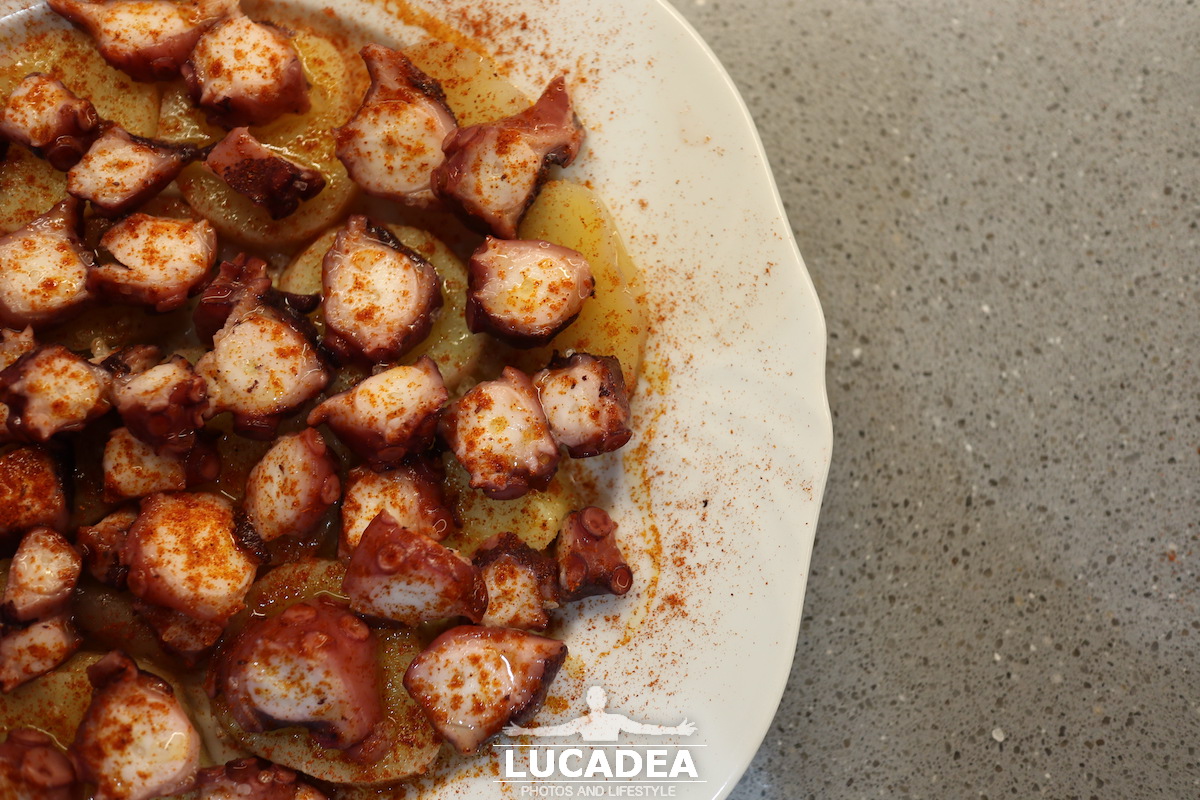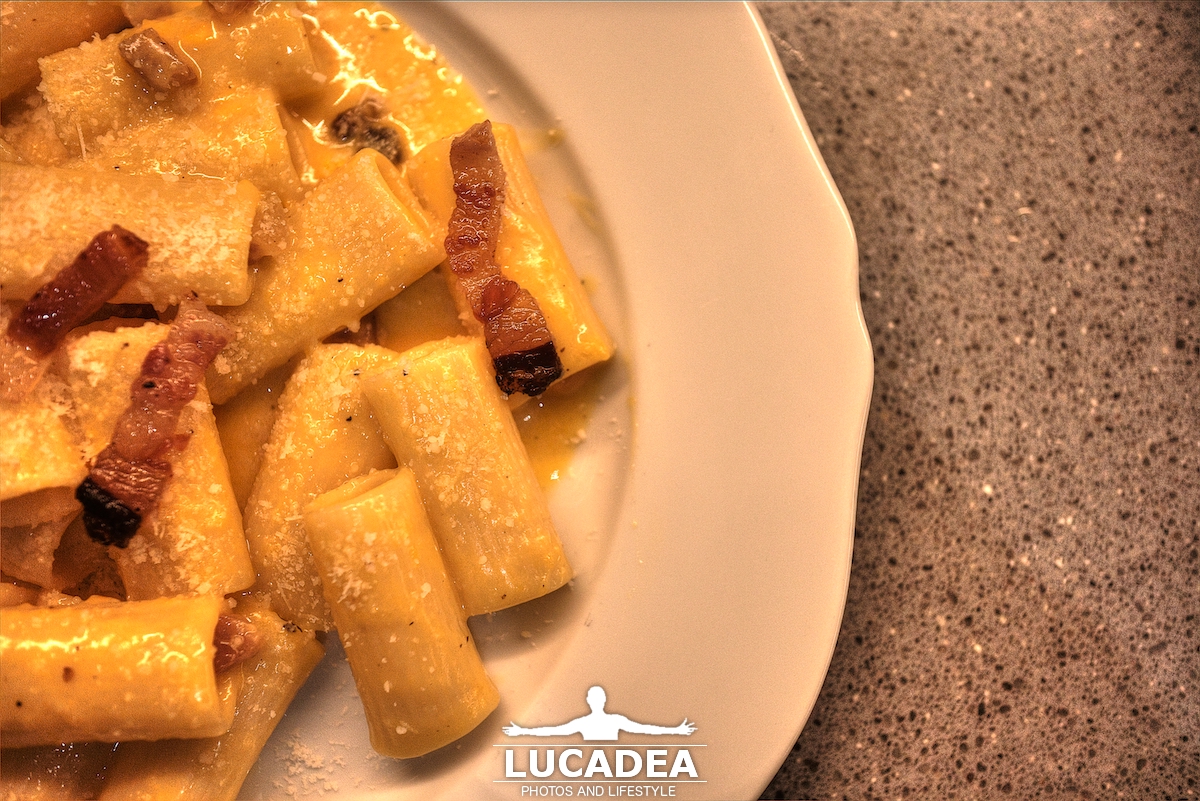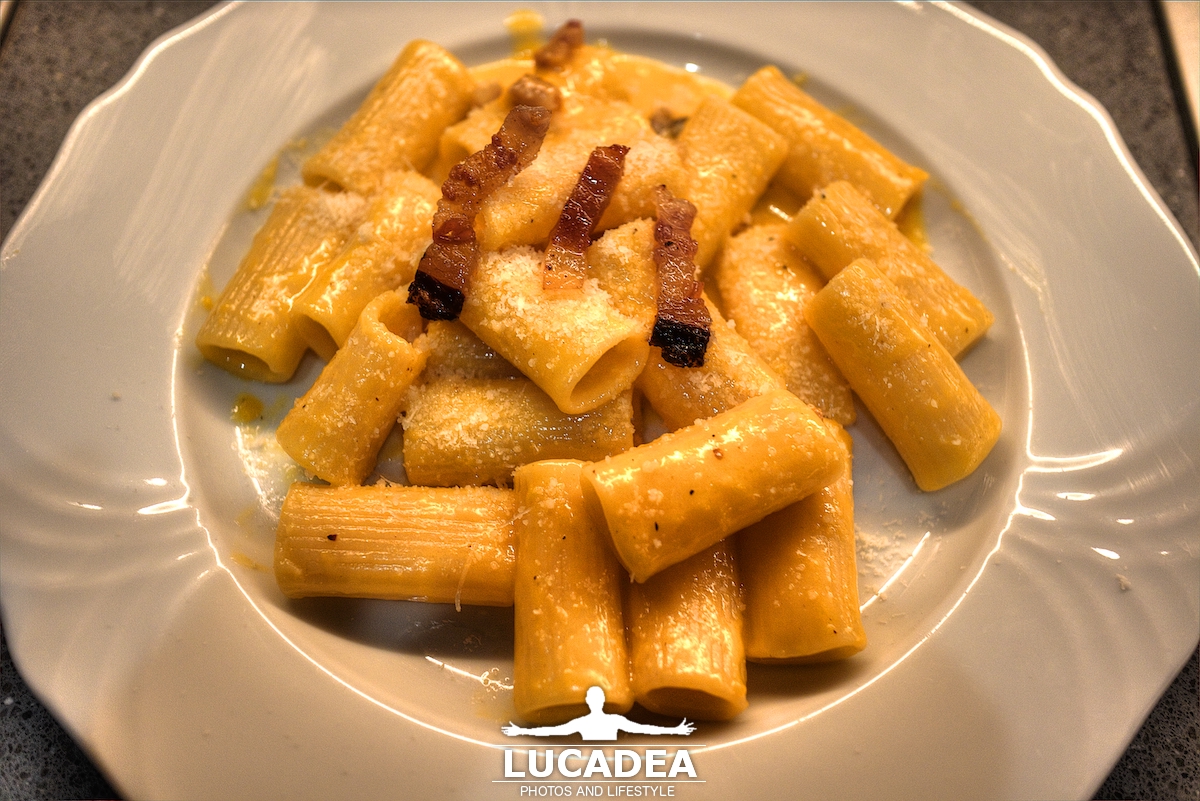Anelli di calamaro fritti.
Oggi voglio raccontarvi come preparare gli anelli di calamari fritti di casa mia.
Ingredients:
– un calamaro (dipende poi dalla grandezza e dal numero dei commensali se è sufficiente)
– farina
– olio di semi di girasole
– sale
– mezzo limone
La preparazione è veramente semplice: si prende il calamaro (che se non sapete pulire potete farlo fare dalla pescheria) e lo si taglia ad anelli. Si usa tutto il calamaro, anche i tentacolini (che a me sono la parte che piace di più).
Una volta tagliati li si “immerge” nella farina in modo che la loro superficie sia abbondantemente ricoperta da essa.
E ora la cottura in olio.
Mi raccomando che l’olio sia molto caldo.
Un paio di minuti di cottura, girando almeno una volta gli anelli se usate una padella, ed il piatto è pronto.
Poggiateli su un foglio di carta assorbente, per eliminare l’olio in eccesso, e spolverate di sale ed succo di limone.
Questa è la foto del piatto pronto da gustare!
Photo taken with Canon EOS M100 and lens Canon EF-M 22.

